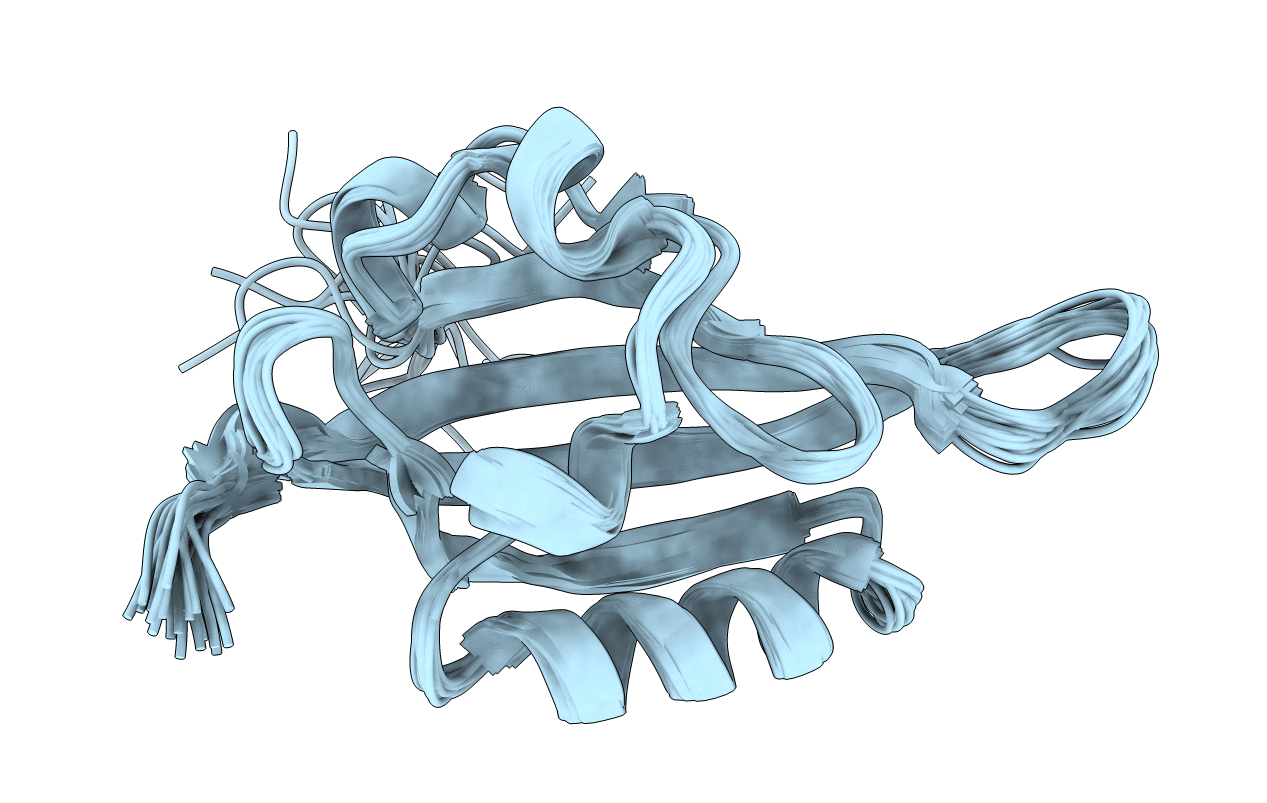
Deposition Date
2003-05-09
Release Date
2004-01-13
Last Version Date
2024-05-22
Method Details:
Experimental Method:
Conformers Calculated:
1000
Conformers Submitted:
20
Selection Criteria:
structures with the lowest energy


